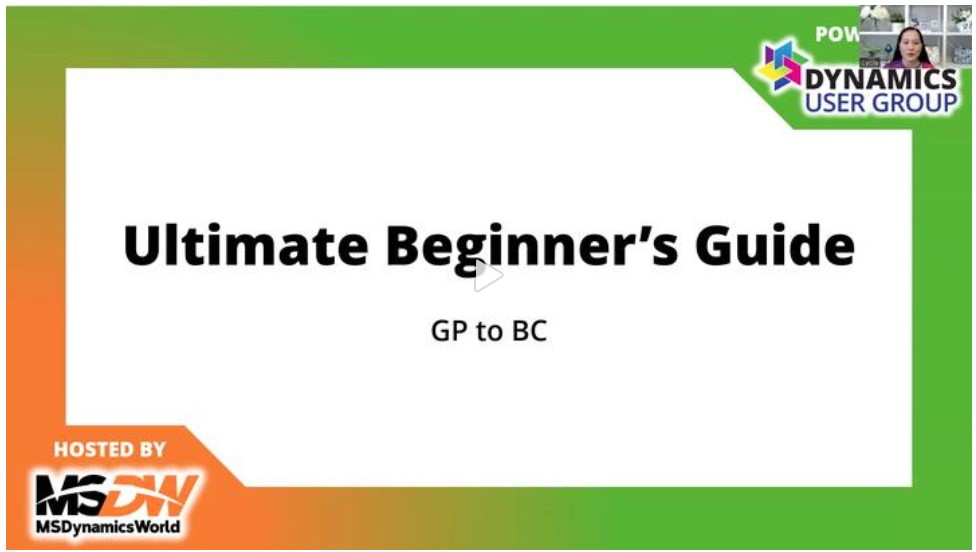D10: 7 Tips: Optimizing Your Chart of Accounts: Transitioning from Dynamics GP to Business Central
The Chart of Accounts is the backbone of a company’s financial structure, serving as the foundation for organizing, recording, and reporting financial transactions. A well-structured COA is crucial for accurate financial management, compliance, and strategic decision-making.
Migrating from Dynamics GP to Business Central offers a unique opportunity to optimize and streamline your Chart of Accounts. Business Central provides a more flexible, scalable, and structured approach to financial data, eliminating some of the inefficiencies associated with GP’s rigid segmented structure.
1. Analyze and Clean Up Your Existing COA
Before migrating, conduct a thorough review of your existing COA in Dynamics GP:
Remove inactive or duplicate accounts to simplify your structure.
Consolidate similar accounts where possible.
Ensure clear and meaningful naming conventions for consistency and ease of reporting.
2. Understand the Structural Differences Between GP and Business Central
One of the biggest shifts is moving from segmented accounts in GP to a dimension-based approach in Business Central:
GP COA: Uses multiple account segments (Main, Department, Division) for tracking financial data.
Business Central COA: Uses dimensions to categorize and analyze financial transactions instead of relying on rigid account segmentation.
Account Categories in BC replace GP’s main segment breakdown, providing better structure for reporting.
3. Incorporate Headers and Totals in Business Central
Unlike GP, Business Central allows Header and Total Accounts in your COA to enhance reporting:
Header Accounts: Used to organize and group accounts logically (e.g., Balance Sheet)
Total Accounts: Used for summing up specific sections of the COA for financial statements.
Properly setting up Indentation and Totals Calculation enhances readability and clarity in reporting.
4. Map Account Numbers Correctly
Decide whether to retain GP’s numeric format or adopt a new numbering convention in BC.
Use a cross-reference mapping to link GP accounts to BC.
5. Define Posting Groups in Business Central
One of the biggest differences in BC is the use of Posting Groups, which define how transactions are posted to the GL:
Set up General Posting Groups, VAT Posting Groups, and Bank Account Posting Groups correctly.
Assign accounts to the appropriate posting groups to ensure accuracy in financial transactions.
6. Consider Financial Reporting Needs
- In GP, reports rely on segments; in BC, use account categories and dimensions.
- Align accounts with financial statement requirements.
- Set up G/L Account Categories in BC for better reporting.
7. Train Users on the New COA Structure
A new COA means new processes:
Educate finance teams on how dimensions replace segments.
Train users on how to use Posting Groups and Account Categories.
Ensure proper documentation for future scalability and auditing.
Conclusion:
Transitioning from Dynamics GP to Business Central is more than just a migration—it’s an opportunity to optimize and modernize your financial structure. By following these best practices, you can create a more efficient, flexible, and scalable Chart of Accounts that supports better reporting, compliance, and financial decision-making.






Comments
Post a Comment